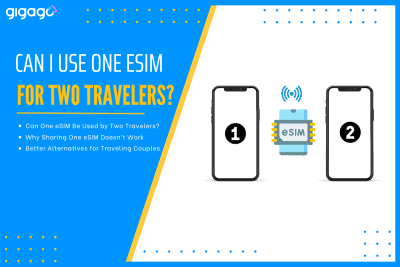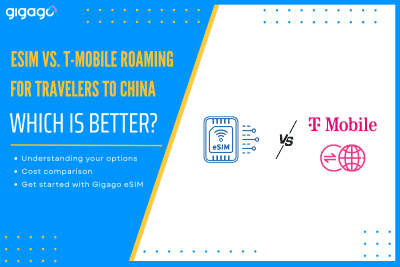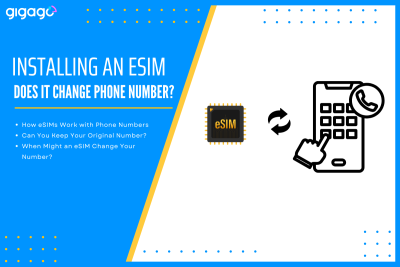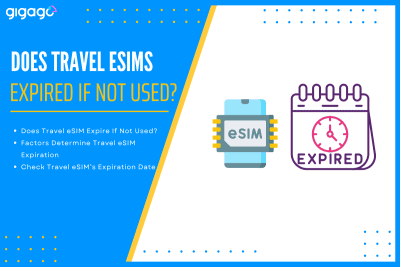When couples or friends travel together, it’s common to look for ways to save on mobile data. One question often comes up: “Can two travelers use the same eSIM?” The short answer is no – one eSIM cannot be used by two different travelers on two separate devices. However, there are practical alternatives that can […]
Mobile connectivity in the Sahara desert
Mobile connectivity in the Sahara Desert presents unique challenges that require innovative solutions. The world’s largest hot desert spans over 9.2 million square kilometers, where traditional communication infrastructure struggles to provide reliable coverage. This guide explores how modern technology is bridging the digital divide in this challenging landscape.
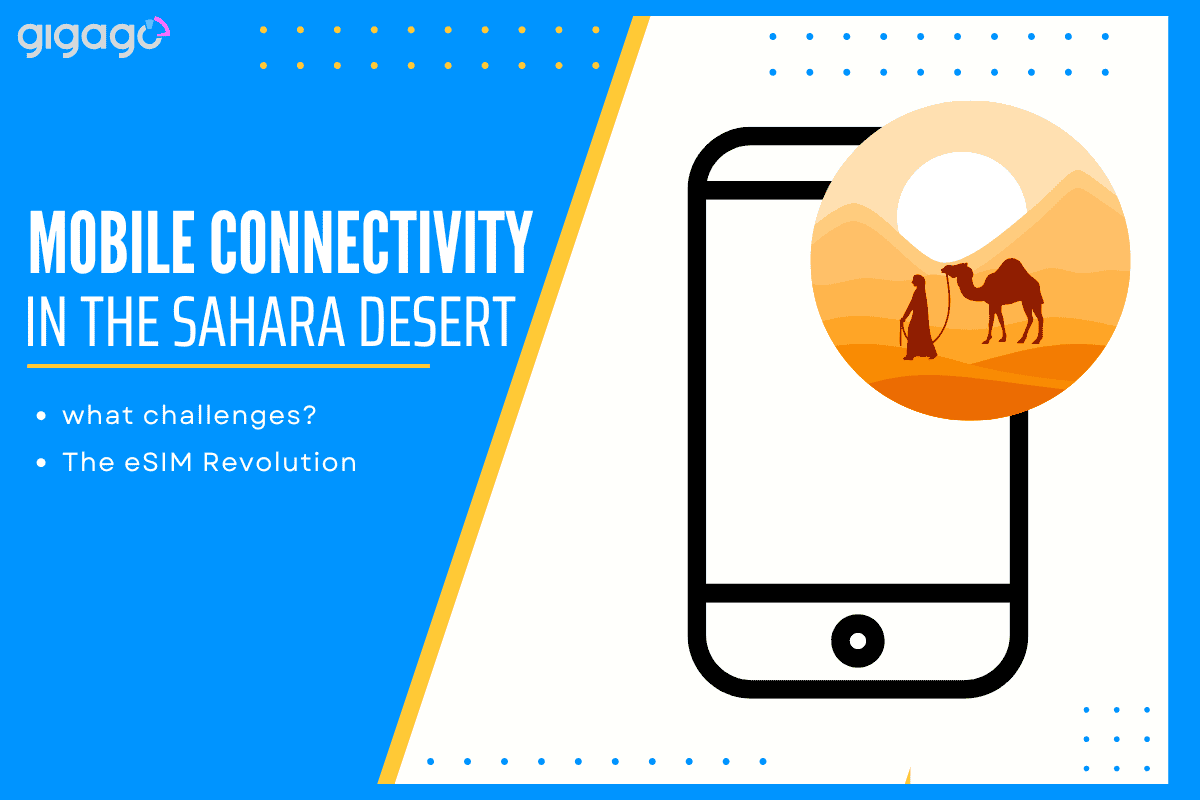
In this article
I. Connectivity Challenges in the Sahara Desert
The large and remote Sahara Desert makes connecting difficult. Covering 3.6 million square miles, most areas are empty. Phone and internet companies don’t want to build systems here because there are too few users.
Bad weather adds more problems. Hot sun, sand storms, and dry land break equipment and make fixes hard. This leaves many areas in the Sahara without working phones and the internet.
Current Solutions & Their Limitations
New ways to connect are helping the Sahara. Satellite internet, like Starlink, now works in far-away places where normal internet cables can’t reach. This gives people a way to stay in touch.
Some mobile networks work near towns and the desert edges, but the signal is not always strong or steady. These new options help, but they still can’t cover all of the huge desert.
Mobile Solutions in the Sahara
Companies are testing new ways to bring phone and internet to the desert. They use solar-powered towers that work without regular power lines. These towers can run on their own using sun power.
For short-term needs, like science trips or emergencies, companies bring portable phone stations. These smaller stations can be moved and set up quickly where needed.
II. The eSIM Revolution
eSIM technology marks a major advance for connectivity in the Sahara Desert. Unlike regular SIM cards that connect to just one network, eSIM is a built-in electronic chip that can store and switch between multiple carriers. When signals are weak or lost, it automatically finds and switches to stronger networks without user input.
For those traveling through the Sahara, eSIM works as a reliable companion. As people move across different regions, this smart chip constantly scans and evaluates signal strength from available carriers. It connects to the strongest network automatically, helping maintain stable communication whether you’re crossing from Morocco to Algeria or moving between remote desert areas.
Gigago eSIM for the Sahara Desert
GIGAGO eSIM leads the eSIM market with the widest selection of international data plans and local phone numbers in over 200 countries, including remote areas of the Sahara Desert. They offer premium network coverage with multi-carrier backup and 24/7 support in six languages. Their flexible plans accommodate various budgets, ensuring reliable connectivity for travelers worldwide.
III. FAQs
What are the main challenges of connectivity in the Sahara Desert?
The Sahara’s vast size, extreme weather, and sparse population make traditional telecom infrastructure impractical.
How is satellite internet helping with connectivity in the Sahara?
Satellite internet has become a crucial solution, offering fast connections even in remote desert areas.
Are there any ongoing projects to improve connectivity in the Sahara?
Yes, current projects like solar-powered towers and satellite services are expanding, though coverage remains limited in many regions.
